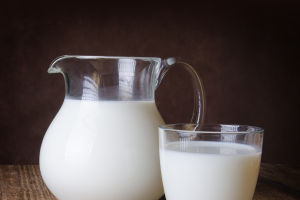The development of Myanmar's fishery economy has an important role in promoting the social and economic development of the country as a whole. Not only does it raise the level of Myanmar's GDP, but it also increases export revenue.
Myanmar's fisheries industry can be generally divided into three categories: marine fisheries, inland fisheries, and aquaculture.
According to statistics, the industry provides direct employment for at least 3 million people (about 5% of the country's total population) and indirectly benefits about 12 to 15 million people. Its inland fishery products occupy an important position in the domestic consumer market.
The rapid development of Myanmar's fisheries industry is accompanied by certain limitations and challenges, and the type of fisheries exports, mainly raw fish exports.
How to upgrade the raw fish into semi-finished products and enhance the value of the products is indeed questionable, and the innovation of traditional fish processing and preservation methods and the application of marketing are also crucial to the effective utilization of fishery resources.
The clean and unpolluted waters of Myanmar are a great advantage for the development of Myanmar's aquaculture industry.
In recent years, due to local demand and the potential of the international trade market, Myanmar has invested much in aquaculture development, so its aquaculture area and total production have increased at a fast pace.
In this regard, it has been ranked among the top ten aquaculture countries in the world. However, as a developing country, Myanmar's aquaculture industry is constrained in many ways, such as the limited availability of raw materials, inadequate management, difficulties in preventing and controlling epidemic fish diseases, and the lack of experienced and qualified personnel.
The fishermen living on Inle Lake, the second largest lake in Myanmar, have been fishing in these waters for hundreds of years, and the experience accumulated over the centuries has enabled them to compete with the big fish at the bottom of the lake with the best fishing equipment.
The most precious thing that has been passed down is the knowledge of fishing, which has been passed down from generation to generation. From August onwards, the rainy season begins on Lake Rhine, and the weather on the lake is often very changeable; sometimes it is sunny before the fishermen set out, and then the sky is overcast before they reach their destination as if it is about to rain.
But for the fishermen, as long as it is not windy this trip to fishing trip will not be a lazy day.
The local fishermen use a tool called a fish cage to catch fish. The fish cage looks big, but in fact, it is not light. The cage body is made of a fishing net, the cage mouth is bent into a large mouth with bamboo. Fishermen just need to gently lift, you can point to take cover take.
Local fishermen fishing, a foot on the oar standing in the lake, the eyes under the hat full attention to observing the movement of the lake, clutching the fish cage in the hand ready to reveal the water breathable large fish issued a fatal "cover". Fishermen's special image of fishing, also known as "one-legged boatman".
The fishermen's life is very simple: they go out to sea, cast their nets, collect the nets and return to the sea. Next, the market will take away the fish they have caught.
After taking a nap, the fishermen will sort out their nets again to see if they need to be repaired.


